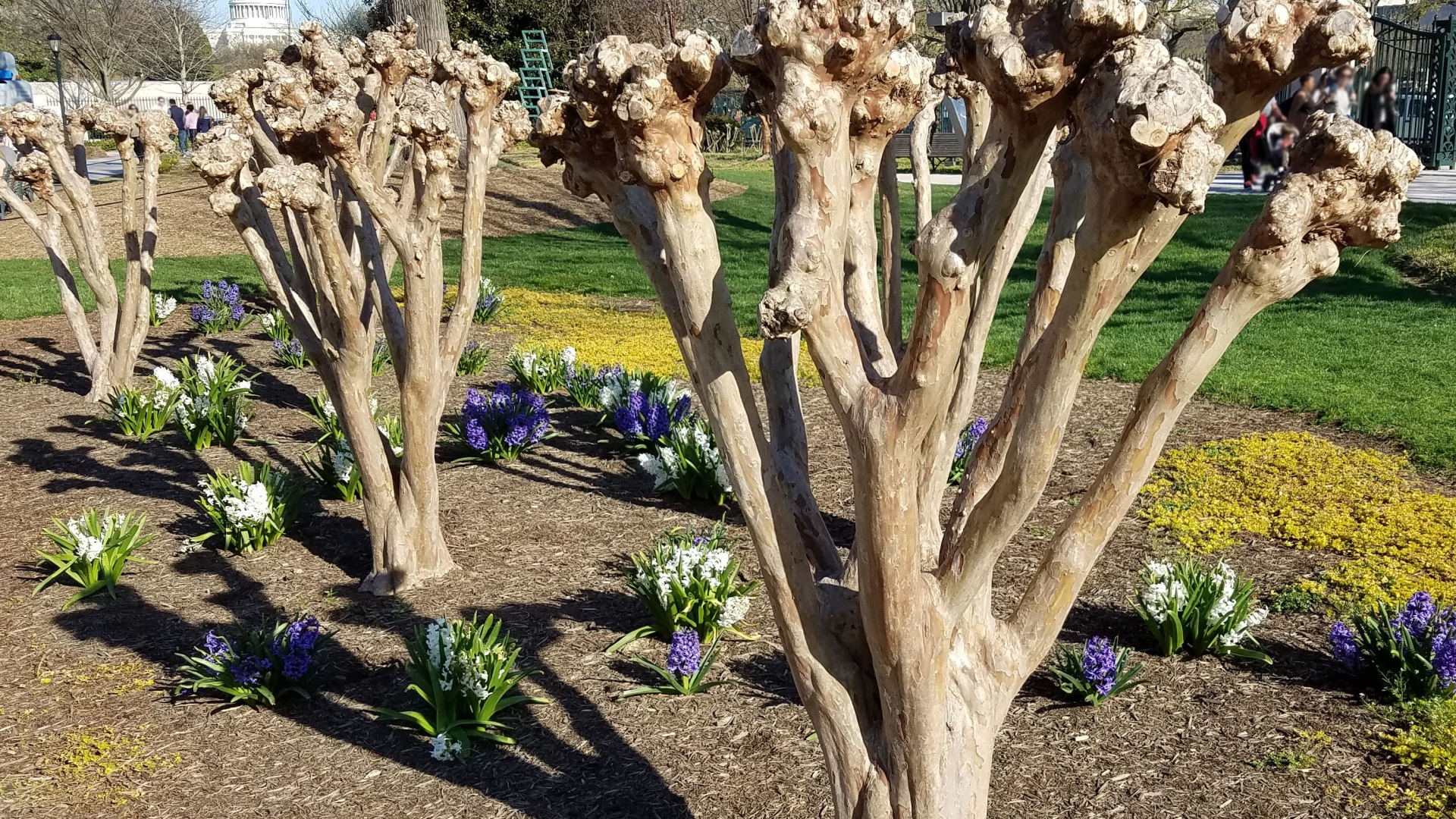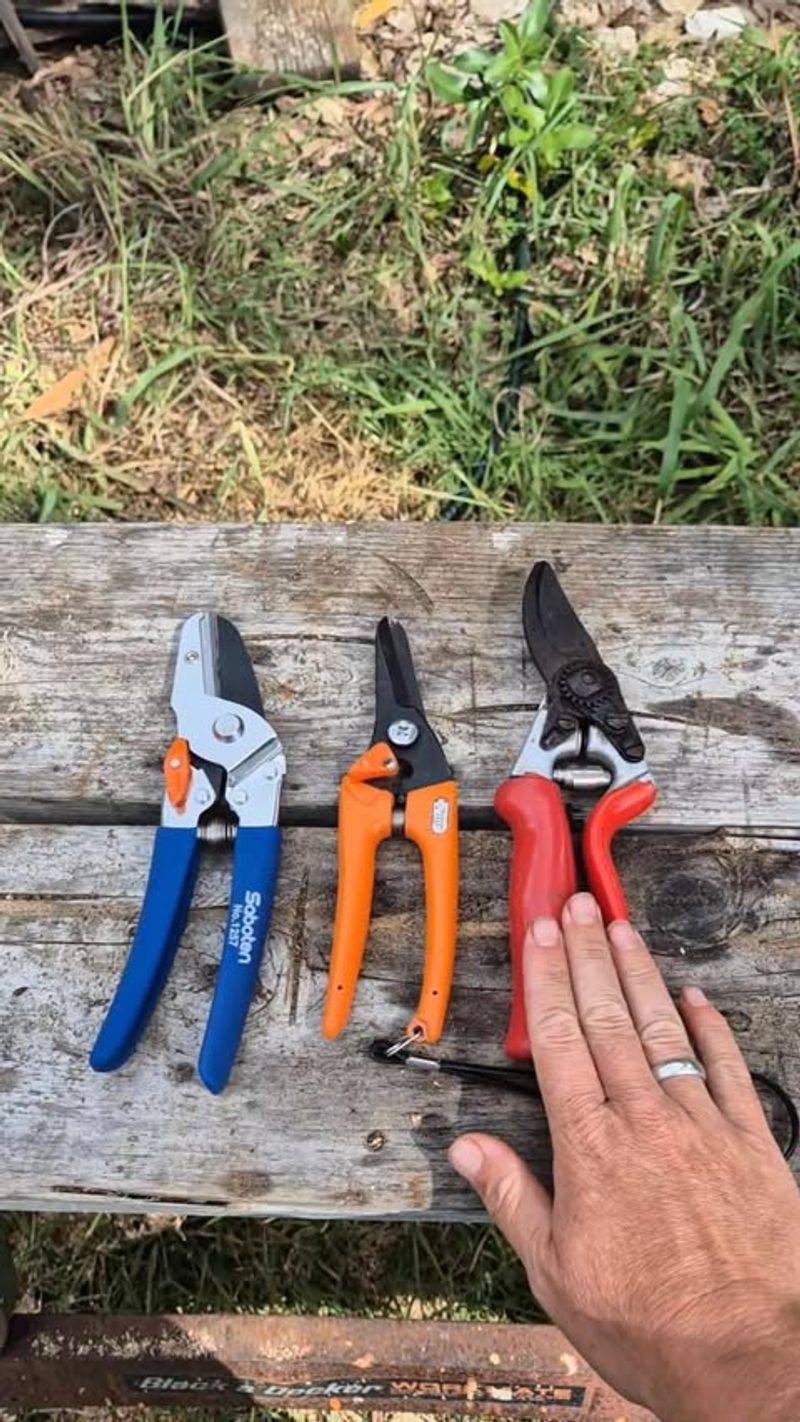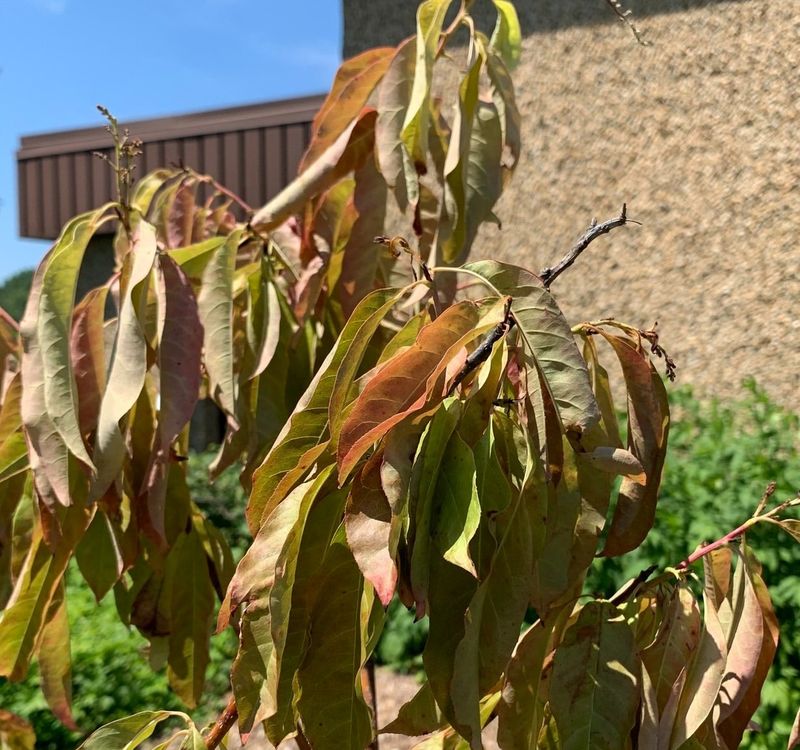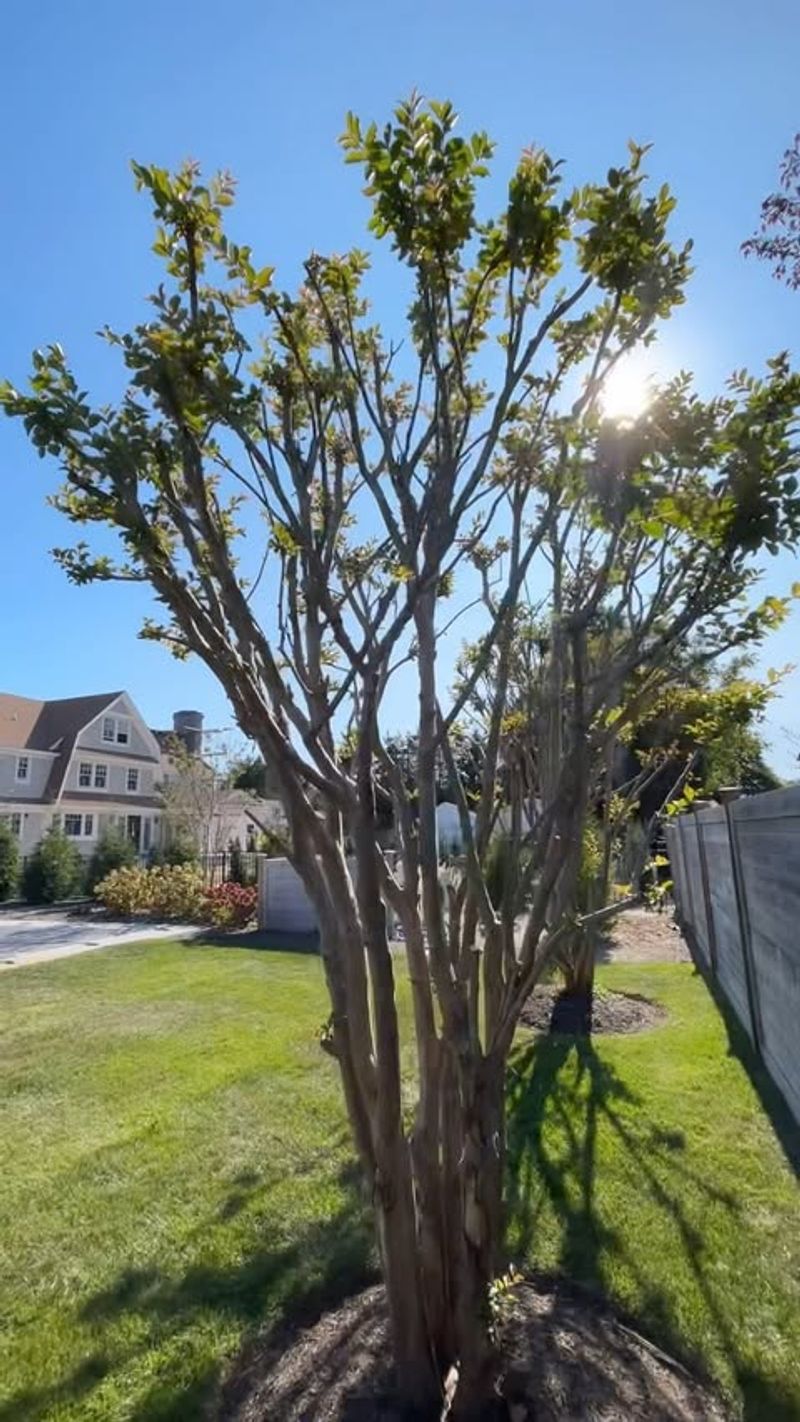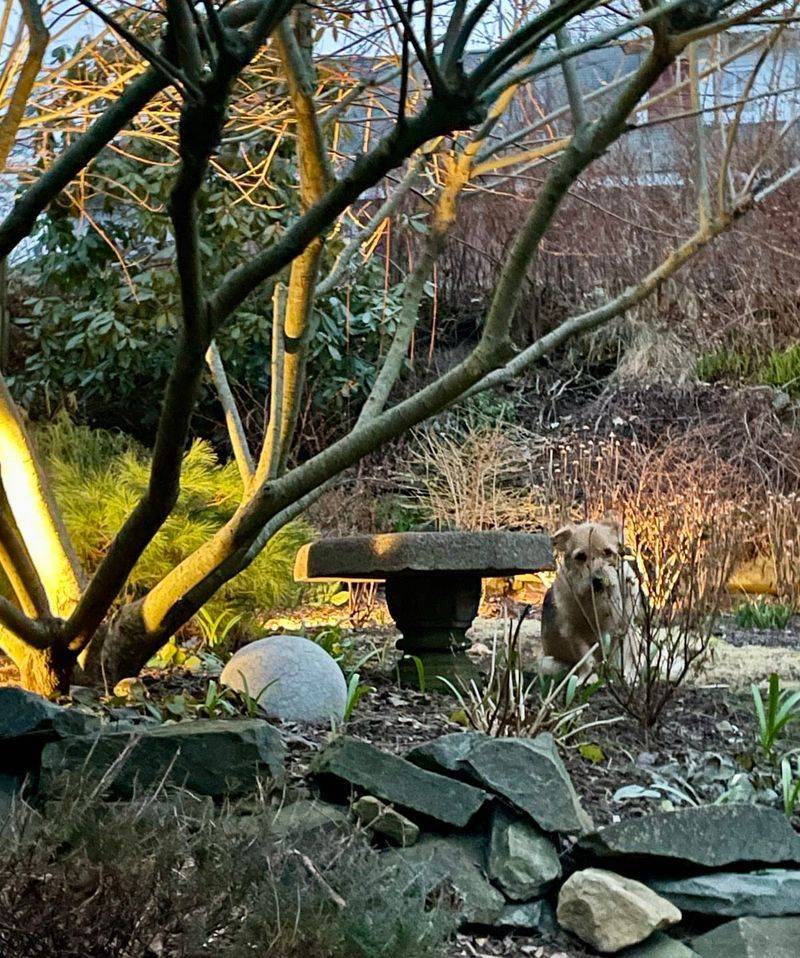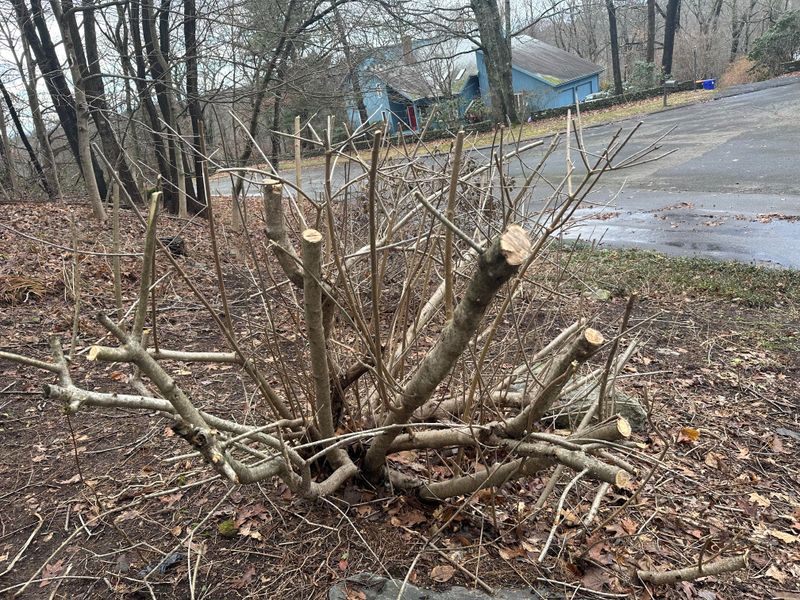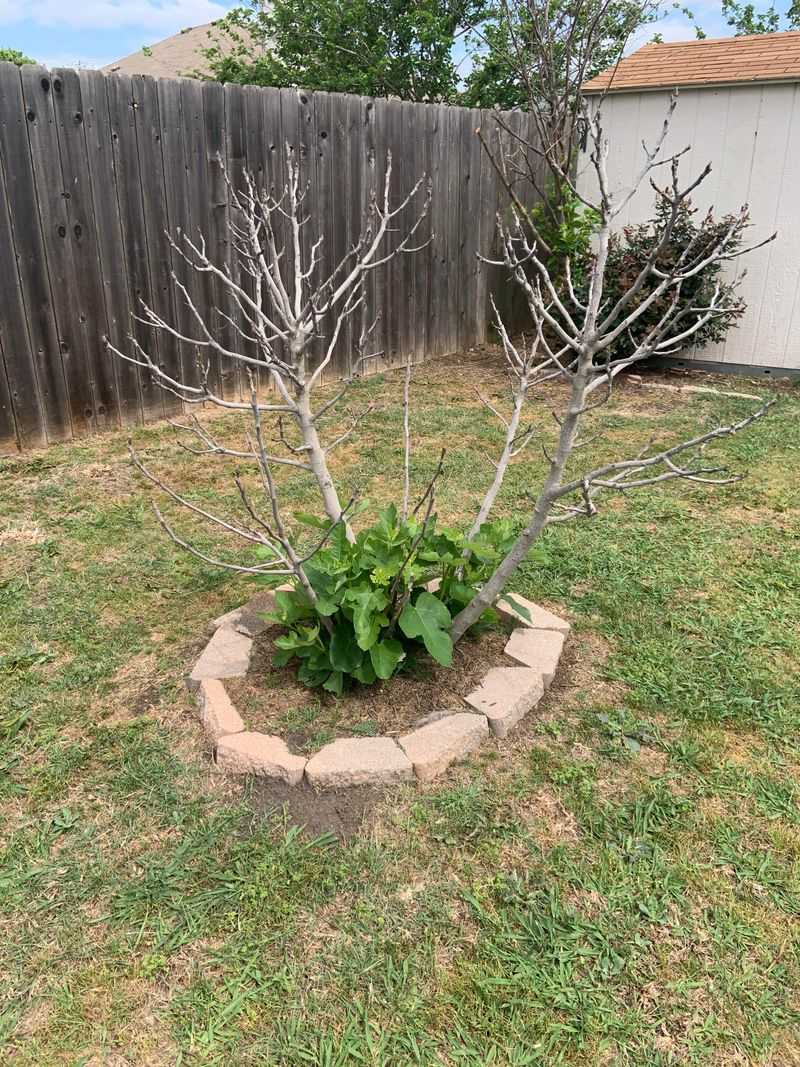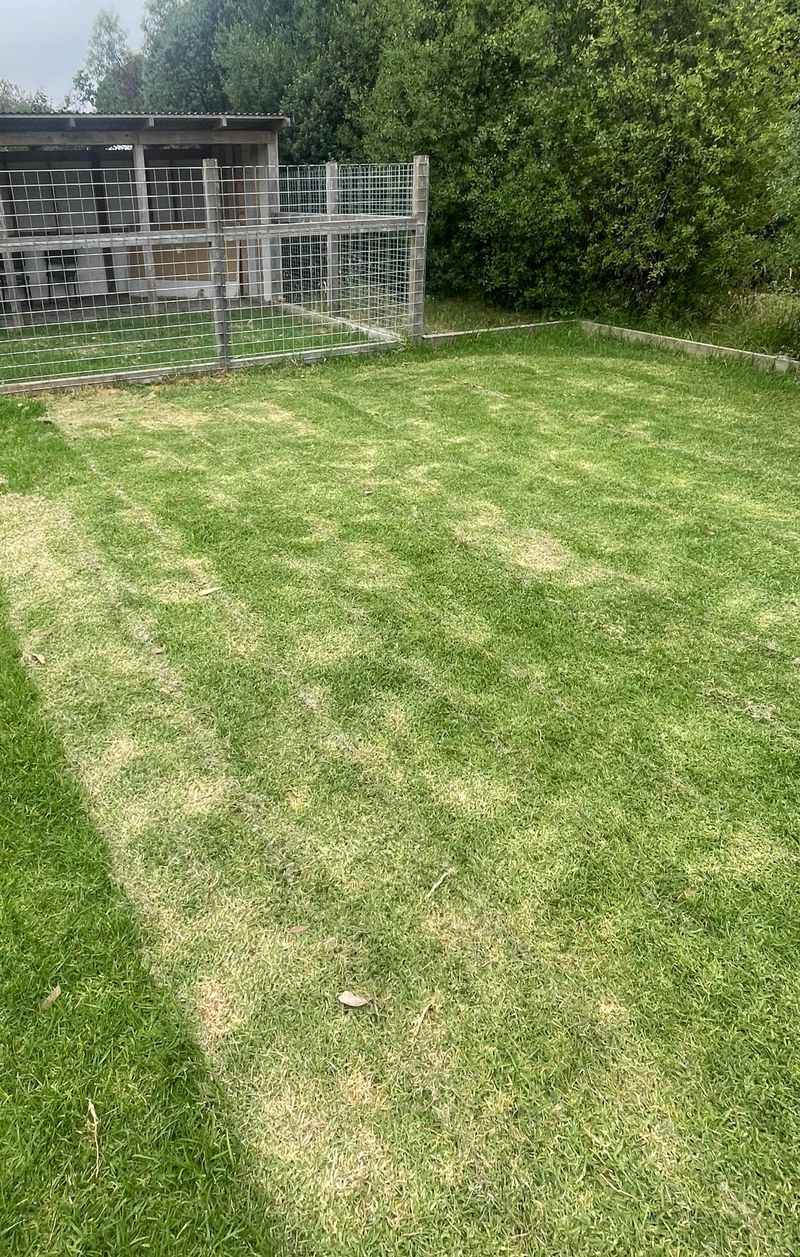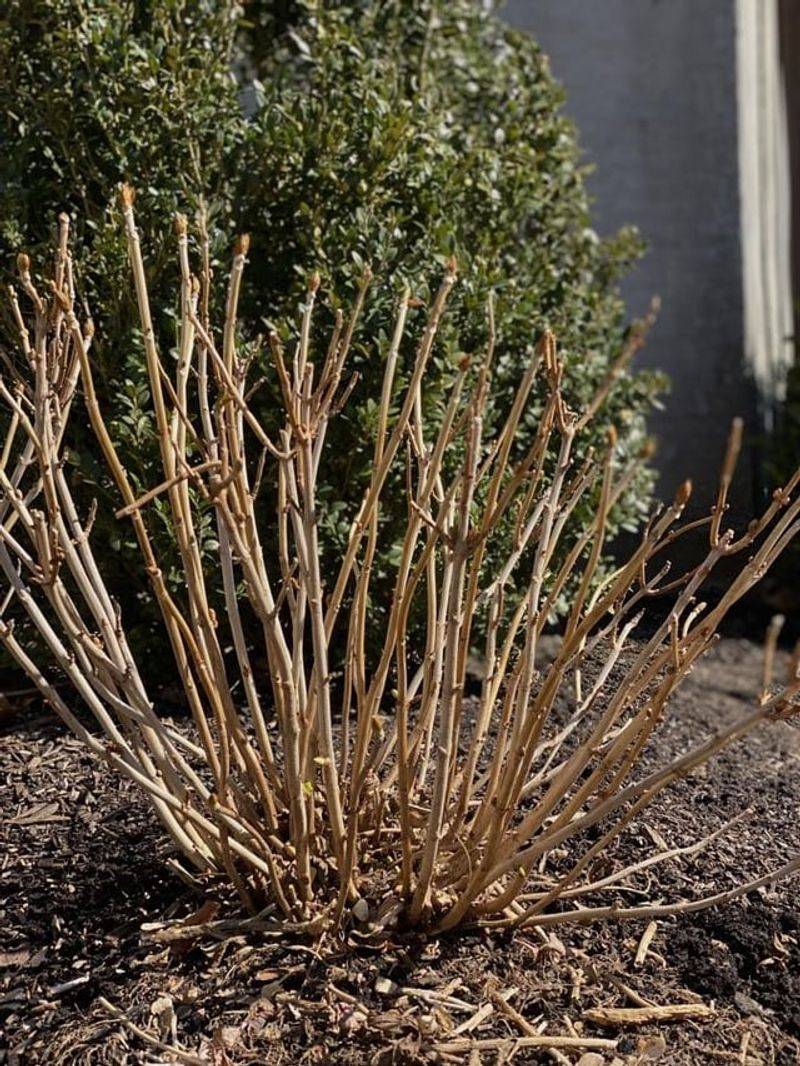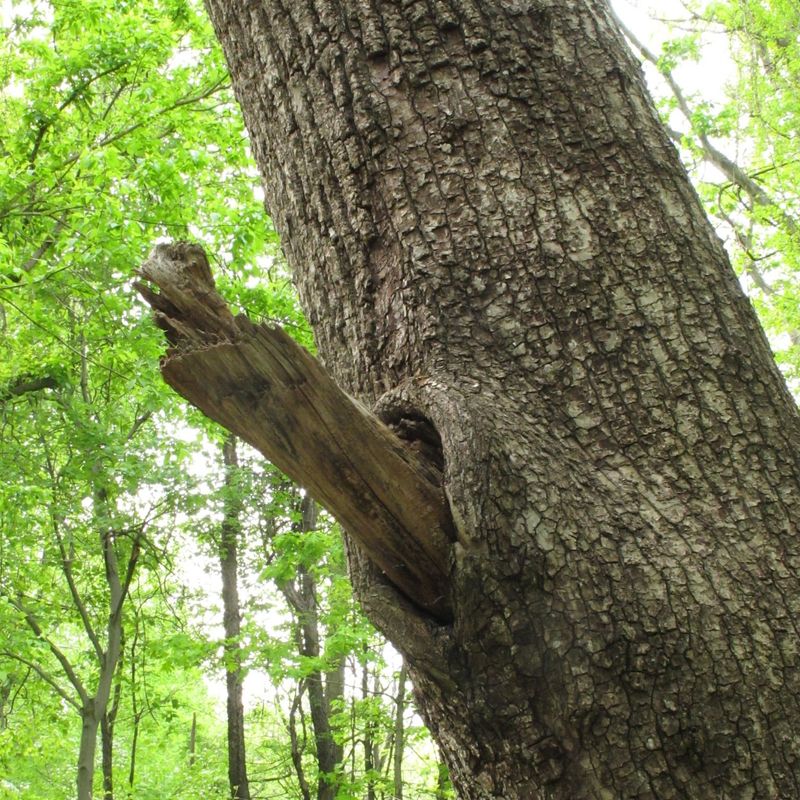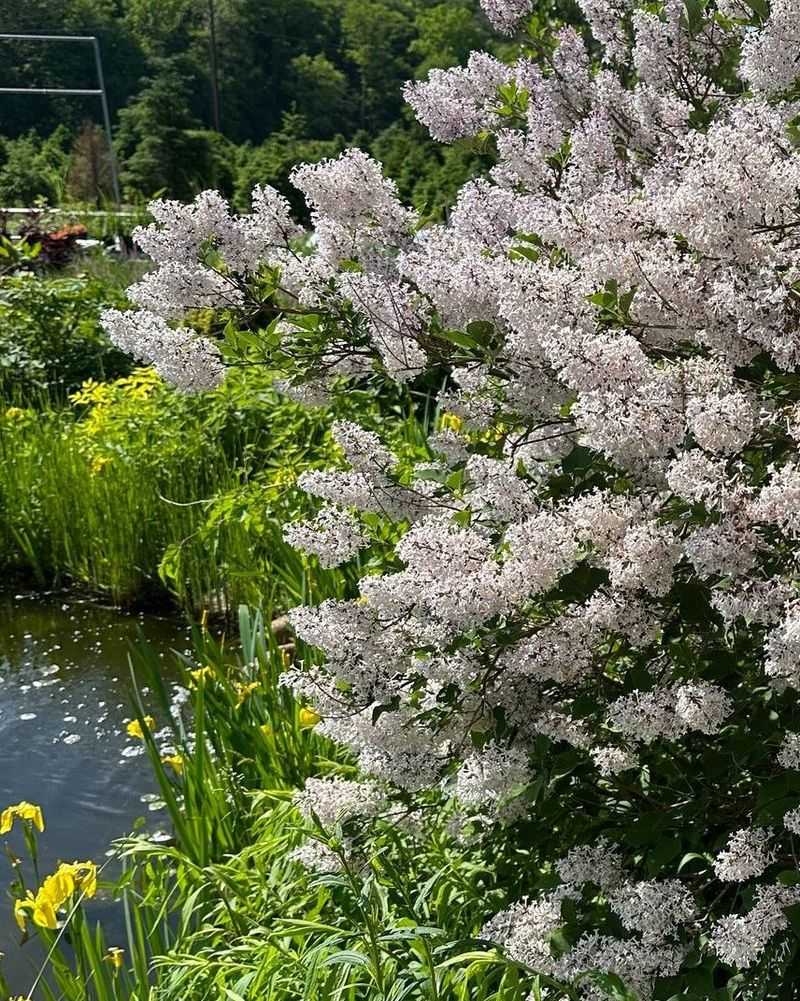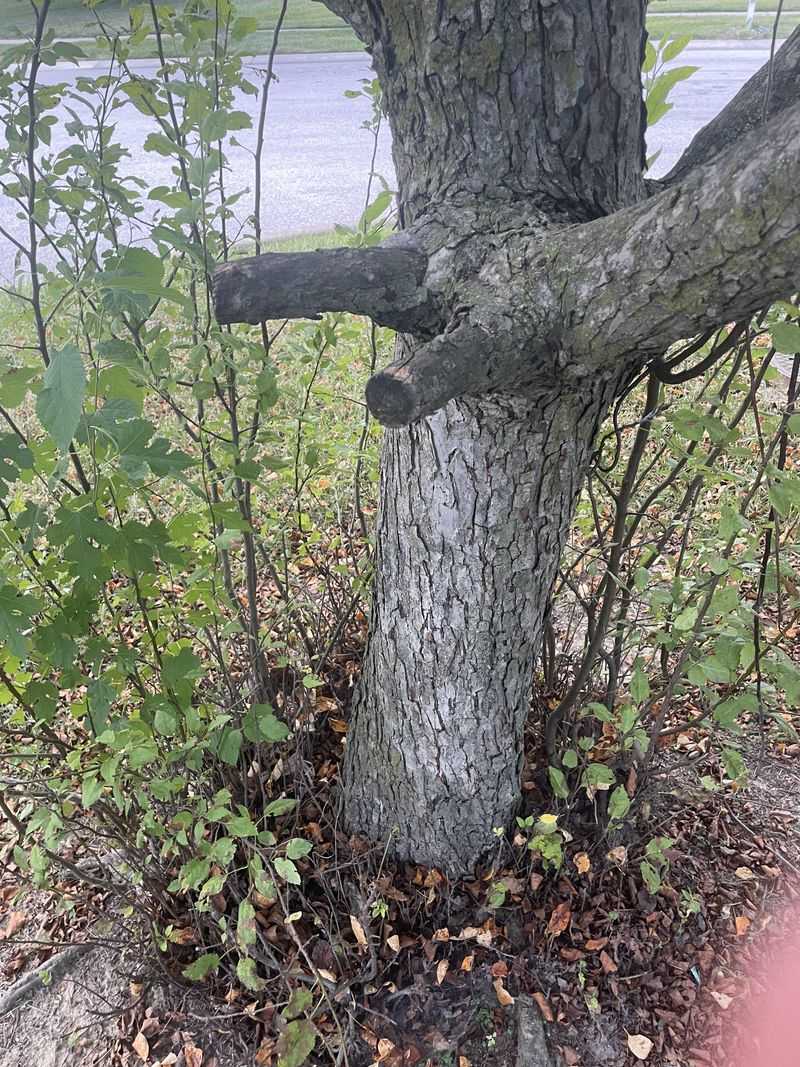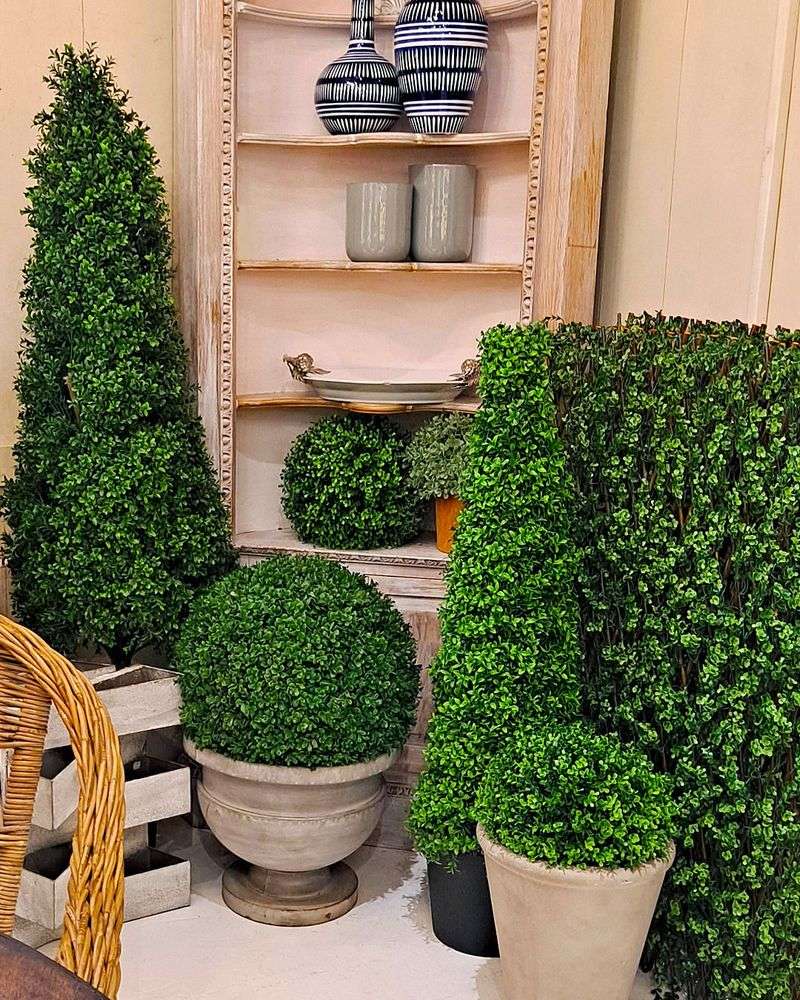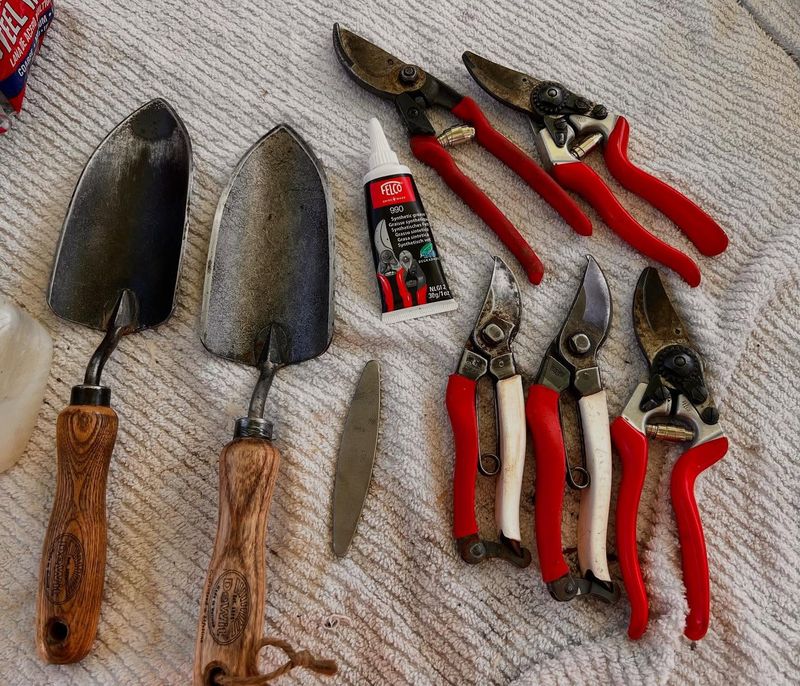Grabbing the pruners in August might feel productive, but one wrong cut in South Carolina’s heat can send your plants into shock. Timing matters—and so does technique.
Cutting back the wrong branches, trimming too much, or pruning stressed plants can turn a quick yard job into long-term damage. Avoid the common mistakes and keep your landscape thriving, not just surviving.
1. Cutting Back Flowering Shrubs Too Late
Late August pruning robs many flowering shrubs of next year’s blooms. Plants like azaleas, camellias, and rhododendrons are already setting flower buds for spring displays.
Cutting them now removes those precious buds, resulting in few or no flowers next season. Instead, wait until right after they finish blooming in spring to shape these beauties.
2. Ignoring Sterilization Of Tools
Garden tools carry invisible threats! Bacteria, fungi, and viruses hitch rides on dirty pruners, spreading from sick plants to healthy ones with each cut.
South Carolina’s August humidity creates perfect conditions for these pathogens to thrive. A simple wipe with rubbing alcohol between plants prevents disaster. Many gardeners skip this step, unknowingly sentencing their gardens to disease.
3. Radical Pruning During Drought Stress
August often brings drought conditions to South Carolina, leaving plants already struggling for survival. Heavy pruning during this stressful time forces plants to use precious energy reserves to heal wounds instead of managing heat stress.
The combination can prove fatal, especially for younger specimens. Light maintenance pruning is fine, but save major reshaping for cooler, wetter periods when plants can recover properly.
4. Butchering Crape Myrtles
“Crape murder” happens when these gorgeous trees get chopped back to ugly knobs. This brutal August pruning not only ruins their natural form but creates weak, spindly growth that’s prone to breaking in storms.
The practice doesn’t even increase flowering! South Carolina’s beloved crape myrtles need only dead or crossing branches removed. Respect their graceful structure instead of turning them into stubby eyesores.
5. Evening Pruning That Invites Disease
The timing of your pruning session matters tremendously in South Carolina’s humid August climate. Cuts made in evening leave wounds wet overnight – a bacteria playground!
Morning pruning allows cuts to dry quickly in the sun, creating a natural seal against pathogens. Those evening snips might seem convenient after work, but they’re actually inviting fungal diseases like powdery mildew to feast on your vulnerable plants.
6. Removing More Than One-Third Of Growth
Overzealous pruning shocks plants! Taking more than one-third of a plant’s foliage in August’s heat removes its natural cooling system when it needs it most.
South Carolina’s intense summer sun can scorch newly exposed branches that were previously shaded. The plant essentially experiences sunburn while simultaneously losing its food-producing factories. This one-two punch often leads to decline or death, especially in younger specimens.
7. Pruning Trees During Hurricane Season
August falls right in hurricane season, making proper tree pruning especially critical. Improper cuts create entry points for wind damage during storms.
Many South Carolina homeowners mistakenly remove interior branches, creating a sail-like effect that increases wind resistance. Professional arborists know to thin the canopy evenly, allowing wind to pass through. This mistake can turn a manageable storm into a tree-toppling disaster.
8. Scalping Lawn Grasses Short
Mowing Bermuda or Zoysia grass too short in August’s heat is practically a death sentence. The scorched stubble can’t photosynthesize effectively, weakening the entire root system.
South Carolina’s intense summer sun quickly burns exposed soil, killing beneficial microorganisms. Maintaining proper mowing height (2-3 inches for most warm-season grasses) provides natural cooling, reduces water needs, and prevents weed invasion – a triple win during August’s challenging conditions.
9. Improper Hydrangea Pruning
Hydrangeas puzzle many South Carolina gardeners! Cutting back big-leaf hydrangeas (Hydrangea macrophylla) in August removes next year’s flower buds, which form on old wood.
Meanwhile, panicle and smooth hydrangeas bloom on new growth and can handle August trimming. Knowing which type you have makes all the difference between a gorgeous flowering display or a season of leafy disappointment. The confusion leads countless gardeners to unintentionally sterilize their plants.
10. Flush Cutting Tree Branches
Cutting branches flush against the trunk removes the branch collar – the tree’s natural healing mechanism. Without this protective tissue, wounds can’t seal properly in South Carolina’s humid August conditions.
Decay organisms quickly invade these vulnerable spots, potentially killing the entire tree over time. Always look for the slight swelling where branch meets trunk, and cut just outside this collar to allow proper wound closure and compartmentalization.
11. Pruning Spring-Flowering Shrubs
Forsythia, spirea, and lilac already hold next year’s flower buds by August. Pruning them now essentially removes your spring show before it begins!
South Carolina gardeners often make this timing mistake, then wonder why their shrubs don’t bloom well. The golden rule: prune spring bloomers immediately after flowering ends, usually by early summer. August pruning should focus on summer-flowering plants that bloom on new growth.
12. Leaving Stubs When Pruning
Stub cuts – those partial branch removals that leave little twigs sticking out – invite trouble in South Carolina’s humid climate. These unnatural projections can’t heal properly and become entry points for insects and disease.
Always cut back to a healthy bud, branch junction, or main stem. The plant can then form protective callus tissue over clean cuts. Those seemingly harmless stubs actually create permanent weak points in your plants’ natural armor.
13. Shearing Everything Into Balls And Boxes
Formal shearing forces plants to grow against their natural form, creating dense outer growth while killing interior branches. This “green shell” effect looks artificial and creates unhealthy plants.
South Carolina’s August heat intensifies the stress of this unnatural pruning. Most plants thrive with selective hand pruning that respects their growth habit. Reserve shearing for true topiary subjects like boxwood, and let other plants express their natural beauty.
14. Neglecting Post-Pruning Care
Many South Carolina gardeners make perfect cuts but forget crucial aftercare. August pruning creates wounds during peak stress time – plants need extra TLC to recover.
Light watering (avoiding wet foliage), mulching to retain moisture, and temporarily moving container plants to partial shade can make the difference between recovery and decline. Think of pruning as minor surgery – proper recovery care is essential, especially during August’s challenging conditions.
15. Using Dull Or Damaged Tools
Crushing plant tissues instead of cleanly slicing them creates jagged wounds that heal poorly. Dull pruners, scissors, or mowers tear rather than cut, leaving plants vulnerable to disease entry.
South Carolina’s humid August conditions make these ragged wounds especially dangerous infection sites. Sharp tools create clean cuts that heal quickly with minimal stress. Take time to sharpen your pruners before each session – your plants will thank you with faster recovery.

